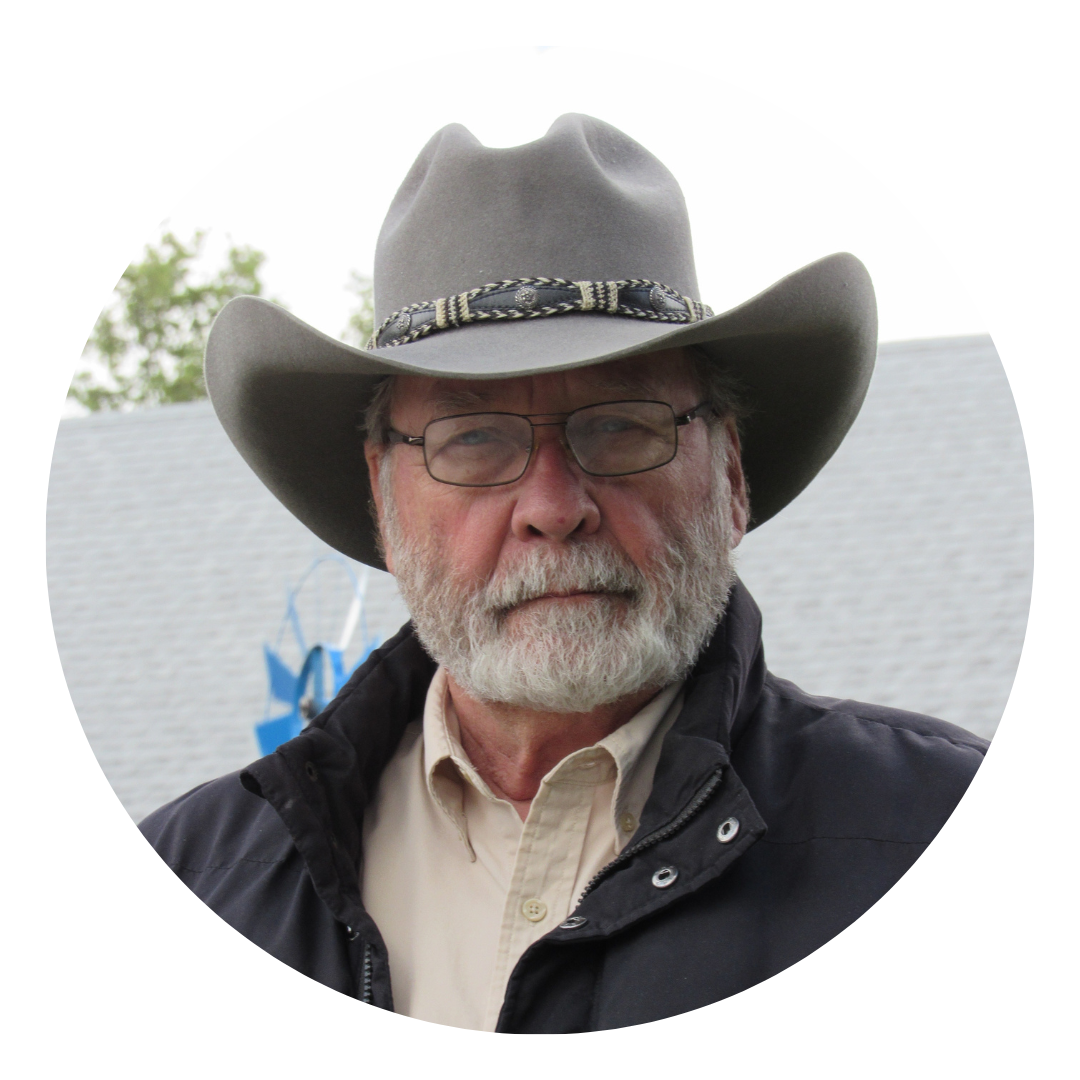 I was traveling with a friend the other day, passing through the Jemez Mountains on the way to Albuquerque. My friend was visiting from California and had never been in New Mexico before. I thought that driving through the mountains would be a good introduction to the range of scenery that New Mexico has. As we were driving it made me think about how we see things. I, being a simple person, love the complexity of the landscape: the vast meadows of the Valle Grande, the stark cliffs above Jemez Springs, the mud-colored uniformity of the Jemez Pueblo, the change from a mountain environment to the arroyo-dominated sand and sagebrush flatlands. I saw each of these as a separate gift for my eyes. I’m not sure what he saw, because he looked mostly at the screen on his GoPro and the screen on his smart phone. First, he is a professional videographer. That’s his business. He works in the film industry, in advertising and marketing, and in creating messages and images on the screen for video audiences. He was, in fact, during our trip, taking video that would later be part of a long production about his trip around the Southwest. Second, I am not a videographer. I see what I saw and, though being delighted in it, have only memories, which are more and more fleeting these days. My appreciation for the sights was immediate and then faded away. Our little trip made me think of the different ways we see things, and I want to use the word “frame” in talking about it. We see things in “frames”. That is, if I am in a “scenery” frame of mind, then I see landscapes filled with geology, trees, animals, water features, and register what I see in terms of beauty. If I am in a “photographer” frame of mind, then I may be mentally arranging people, things, or backgrounds so that the photograph will have more of what I think is quality or content. I’m trying to make a “better” photograph. If I am in a “history” frame of mind, which I often am in, I see the Valle Grande and think about Spanish Land Grants. That reminds me of the struggles New Mexico continues to have with historical land ownership. I also think about Jemez Springs as being one of the choices of the Manhattan Project, and then I wonder about Pueblos having independent nation status. If I am in a “tour guide” frame of mind, then I will be reciting stories as I drive my guest along our route. If I’m in a “thinking” frame of mind, I may not see anything out the window. I’ll be preoccupied with thinking about something else. My friend, I believe, didn’t see anything like I saw it, and I’m not sure he’ll remember any of my scintillating historical highlights. He was seeing scenes from a movie not yet made. He saw pieces of a video that he was collecting and I’m sure that he was already doing his first edit. He was probably already imagining the reaction of the audience to his production, as well as balancing the amount of time that his New Mexico portion of his trip will play against his Colorado portion, his Utah portion, and his Death Valley portion, all of which he’ll see on his way back to Los Angeles. If he does remember any historical highlights, they will appear in his memory as the narration that accompanies his video. None of this is bad. How many times have I driven somewhere over and over, and then, on a trip when I’m not driving, say, “I’ve never noticed that before!”? It’s because we see things differently at different times. That’s my introduction to the next few blogs. I want to talk about how we see things because, as writers, it’s our job to control the frames that appear in our stories. Whether it’s a frame that shows us who a character is by what they think, a setting that creates the backdrop of our story, or an underlying frame that supports the purpose our book, it’s up to us to make the reader see what we want them to see.
0 Comments
Leave a Reply. |
AuthorDon Willerton has been a reader all his life and yearns to write words like the authors he has read. He's working hard at it and invites others to share their experiences. |

 RSS Feed
RSS Feed